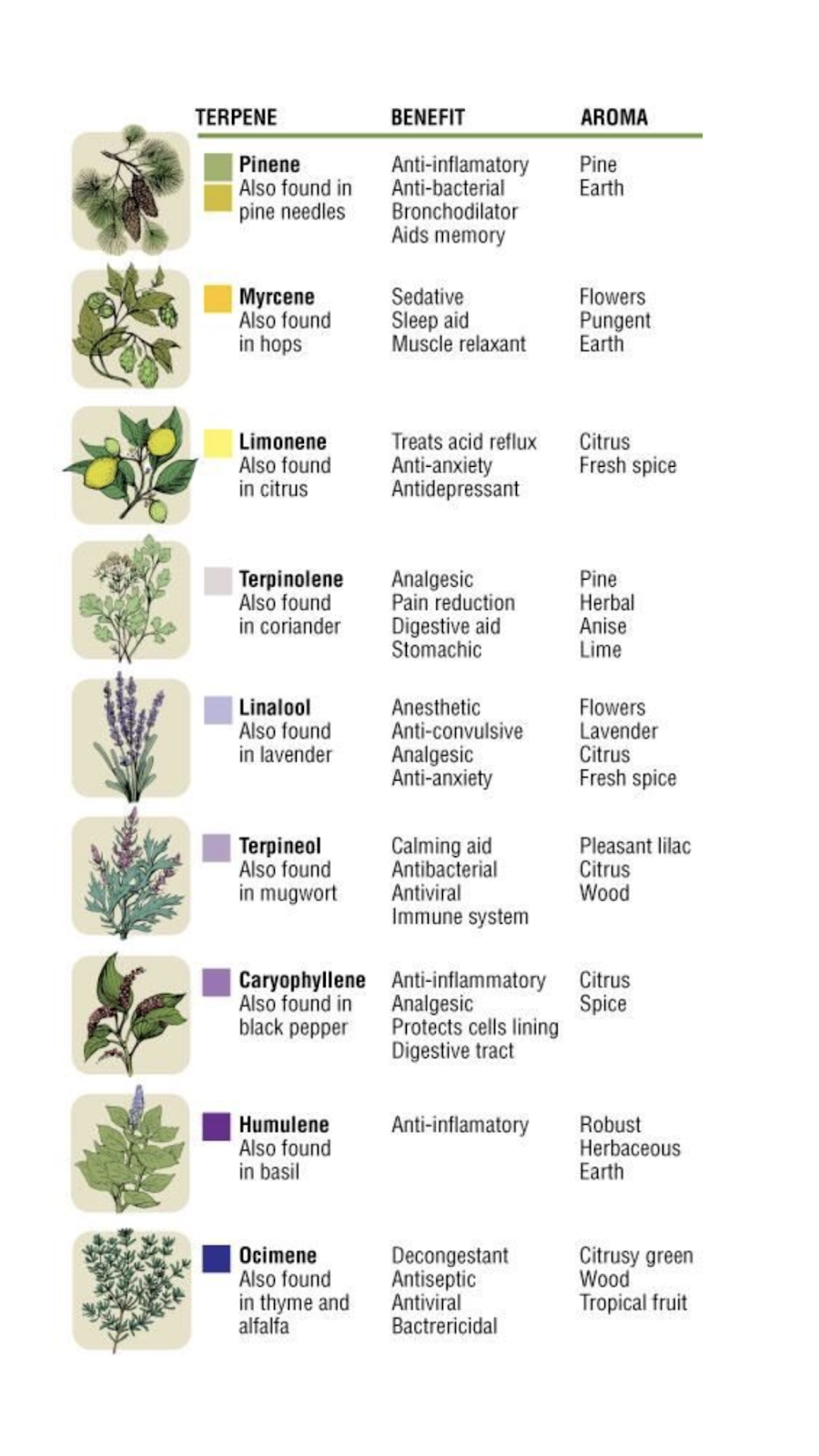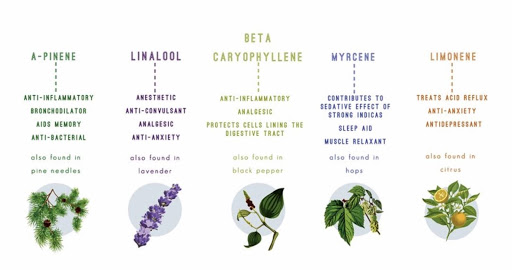Your cart is currently empty!
Shipping Update: Our shipping policies have changed! Some states have restrictions on certain products. Click here to learn more!
April 4th, 2019
Unlike psychoactive THC, CBD has little binding affinity to either the CB1 or CB2
cannabinoid receptors. Instead, CBD indirectly stimulates endogenous cannabinoid
signaling by suppressing the enzyme fatty acid amide hydroxylase (FAAH)—the enzyme that breaks down anandamide, the first endocannabinoid discovered in the mammalian brain.
Whereas the cannabinoid molecules found in cannabis are considered “exogenous
ligands” to the cannabinoid (CB) receptor family, anandamide is an “endogenous”
cannabinoid ligand—meaning it binds to one or more cannabinoid receptors and is found naturally inside the mammalian brain and body. Anandamide favors the CB1 receptor, which is concentrated in the brain and central nervous system. Because FAAH is involved in the metabolic breakdown of anandamide, less FAAH means more anandamide remains present in the body for a longer duration. More anandamide means greater CB1 activation.
CBD enhances endocannabinoid tone by suppressing FAAH.
By inhibiting the enzyme that metabolizes and degrades anandamide, CBD enhances the body’s innate protective endocannabinoid response. At the same time, CBD opposes the action of THC at the CB1 receptor, thereby muting the psychoactive effects of THC.
CBD also stimulates the release of 2-AG, another endocannabinoid that activates both CB1 and CB2 receptor. CB2 receptors are predominant in the peripheral nervous system and the immune system.
Targeting FAAH activity typically results in analgesic, anxiolytic, anti-inflammatory, and antidepressant like effects.




How would you like to shop?